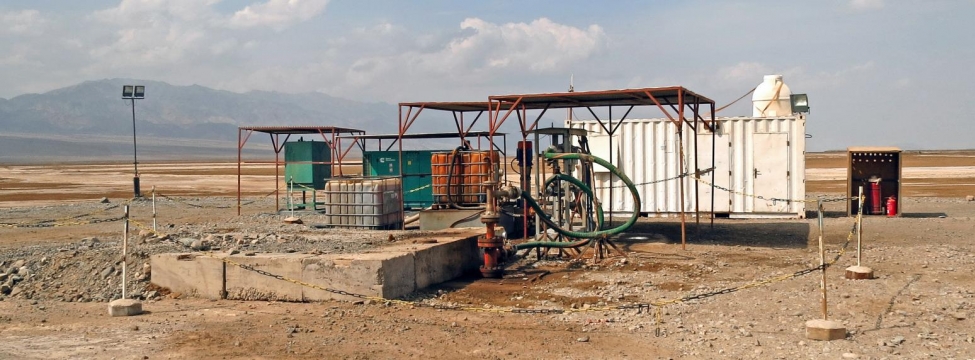When water contacts a solid, a portion of the solid can be dispersed or even dissolved within the water (depending on the chemistry and solid form). This reaction has challenged many miners over the centuries and, back in 1558, Georgius Agricola commented on “poisonous waters that spew from mines”.
Although this environmental risk can present a serious challenge to mining projects, in other places the passive release of metals or mineral components from an ore or mineral formation can present an opportunity for cost-effective mining projects. Managing and even enhancing the dissolution of soluble components that have value can present an economic means to process ore deposits that may not be economic by conventional mining. This could reflect stringent environmental controls, depth of the mineral deposit or perhaps low grade. Mining by injection can be divided into two forms:
One form is solution mining by which water-soluble minerals, usually using one or more drilled wells to dissolve the minerals with water in a congruent dissolution process.
The other form is in-situ leaching (also called in-situ recovery or ISR) a mining process used to recover minerals such as copper and uranium through boreholes drilled into a deposit, into which weak solutions of chemical reagents such as sulfuric acid, ammonia or sodium carbonate are pumped to preferentially extract metals.
As attractive as such processes sound they do have drawbacks. The hydrogeological and geochemistry of the leached formation needs to be adequately understood to ensure leaching solutions can be managed and do not migrate into the environment uncontrolled. Complex hydrogeochemical reactions at the leaching front cannot be easily controlled, unlike in a process plant or even heap leach, and these need to be predicted prior to operations and monitored to maximise efficiency during the life of mine.
SRK has considerable experience in hydrogeochemical mining of salt, potash, boron, uranium and copper. SRK has completed hydrogeological and geochemical characterisation and prediction studies as a basis for well field design and operation. We have undertaken infrastructure and financial assessment of such mining operations, as well as environmental baseline and clean-up post-mining studies.

